T he writing of this book has not been a one person job. Without the help of all those involved, it never would have reached completion.
First, I wish to acknowledge the help and support of my wife and family who understood when I wrung my hands over unanticipated delays in getting the chapter drafts finished.
I also wish to acknowledge the help of friends and colleagues: to Marjy Duncan who read through my dissertation and offered insightful comments regarding its strengths and weaknesses; to Richard Wilk and Anne Pyburn who convinced me that publishing this book was a good idea; to the reviewersStayce Hathorn, Matthew Purtill, David Hurst Thomas, and Edward C. Brodnickiwho helped make this a better volume, and especially to Mitch Allen, who helped bring this entire process to fruition.
Much of this book has been taken from my original dissertation research, and the acknowledgments made in that work should be restated here. Without the inspiration of Dr. Robert E. Bell who told me to do what I liked doing before retiring instead of waiting until after; the help of Dr. Jack Hofman for helping me get started again; the support of Dr. Robert Brooks, Oklahoma State archaeologist, for obtaining funding for the copying and mailing costs of the questionnaire; the conversations and arguments with John Hartley that stimulated the research; and the members of my dissertation committee, who waded through the rough drafts and helped me write what I hoped to say, none of this would have ever been written.
And, of course, I must also acknowledge my mother, who instilled in me the desire for education and the need to learn.
Introduction
W hy dont more American Indians get involved in archaeology?
Im not sure there is an answer to that questionat least not an easy one.
Perhaps a story will help. I was walking across Cambridge Common, trying to find my way to the Peabody Museum. I must have looked a little lost (as I was) and perhaps broke an unwritten rule by walking across the grass. As I passed an elderly woman sitting on a park bench, feeding popcorn to a flock of pigeons, I heard her say Stupid foreigners, not quite under her breath, but fairly close to it.
I slowed and turned, curious about whom she was speaking, and saw a look of distaste in her eyes that rocked me a bit. Only then did I realize she was talking about me. I stopped only for a moment, and then smiled at the irony of it all.
My ancestors on my fathers side have been on this continent for perhaps 15,000 years, give or take a few hundred years, while hers, giving her the full benefit of the doubt considering her dress and appearance, 380 years at the most. Maybe I dont belong at Harvard, but who is the true foreigner?
American Indians often feel they are the foreigners in the Land of Prehistory, to steal a title from Alice Beck Kehoe (1998). Their passports, wrought from their bloodlines and their culture, are carefully scrutinized each time they cross the borders, and even when they become naturalized citizens of the Land, their passports seem to bear the words Watch out for this one! They feel uncomfortable at the border crossings between their land and the foreign land, uncomfortable with a seemingly Jekyll and Hyde existence, with neither set of citizenry able to recognize its true character.
In my first years in archaeology, I was taught that science was first and foremost an unbiased attempt at compartmentalizing the natural world, that archaeology was the only option available to write the unrecorded history of American Indians, and that archaeological resources were the pages of the book of history.
My grandmother instilled in me my desire to help maintain the history of the American Indian. When I found an Archaic projectile point at my family homestead and showed it to her, she told me (through my cousin who translated) that it was part of the history of those who had lived there before the Choctaw were moved to Oklahoma, and that it was important not to forget that history.
Later, however, I was shown another side of what has become a multifaceted issue, that the scientific method might also be considered to be only a thinly disguised way of separating archaeologists from other grave desecrators.
I first encountered such an opinion concerning my choice of careers in 1973, when, after being introduced as an archaeologist to a Comanche Indian man, I was asked if I was one of those bone diggers. I answered that I had never excavated human remains, didnt want to, and never would, but such an explanation was insufficient. Leroy Mason would not believe me then, and probably, if he is still alive today, would still consider me one of those.
The exact beginning of the conflict between American Indians and anthropologists may never be determined, but anthropologists tie its origins within the early development of American anthropology in the United States. American Indian authors, such as Vine Deloria Jr. (1969), Jack F. Trope and Walter Echo-Hawk (1992), and James Riding In (1992), however, tie its history to the gruesome collections made by battlefield medics of the U.S. Army Surgeons office and to anthropologists on late-night grave-robbing expeditions. Anthropologists claimed to be saving the information for science and the Indians themselves, while the Indians claimed they were tired of being treated only as bits and pieces of information to be saved. Few members of either side appeared to recognize the rights of the other side. Regardless of who recounts this history, it is one filled with distrust and innuendo.
The 1969 publication of Delorias Custer Died for Your Sins brought discussion of the conflict into mainstream America, and scientists began to see the need for cooperation. Individual archaeologists such as Elden Johnson (1973) and Roderick Sprague (1974) called for the development of working relationships with American Indian groups, but, in general, the profession of archaeology seemed to remain distant from those whose ancestors they studied.

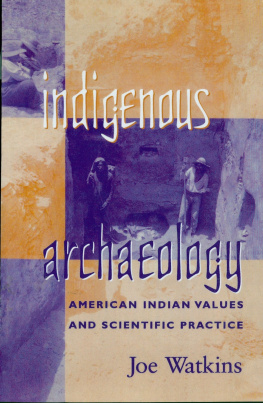
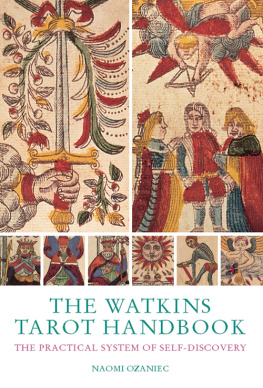

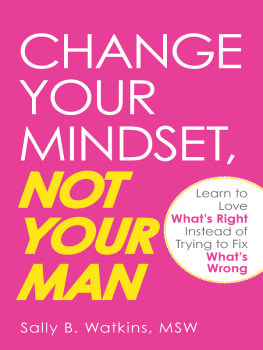

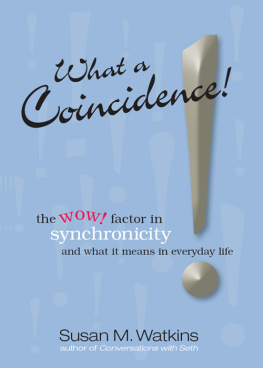

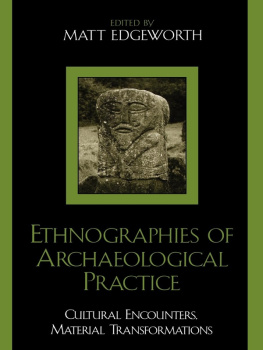

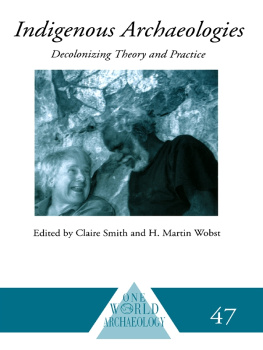
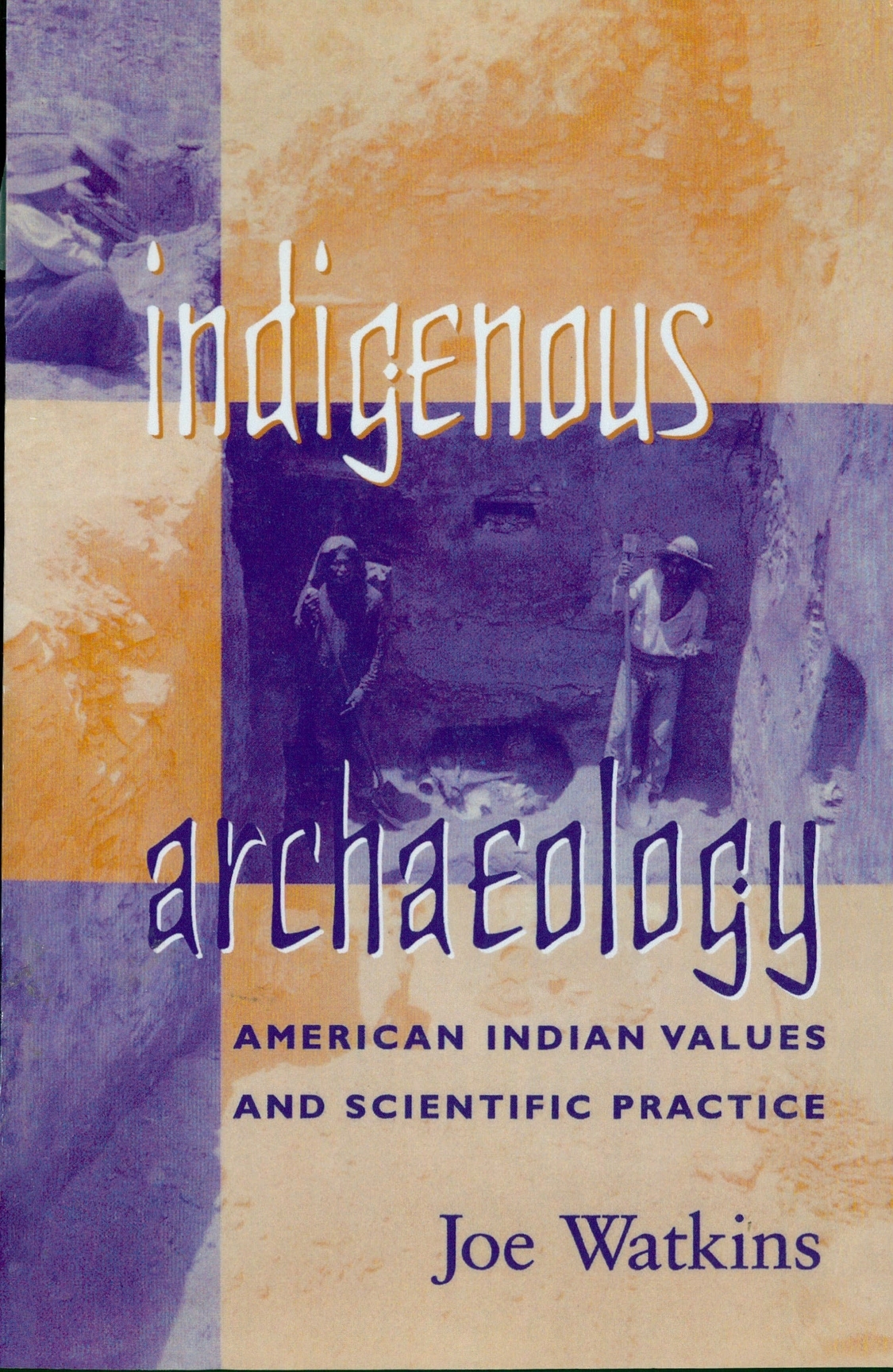
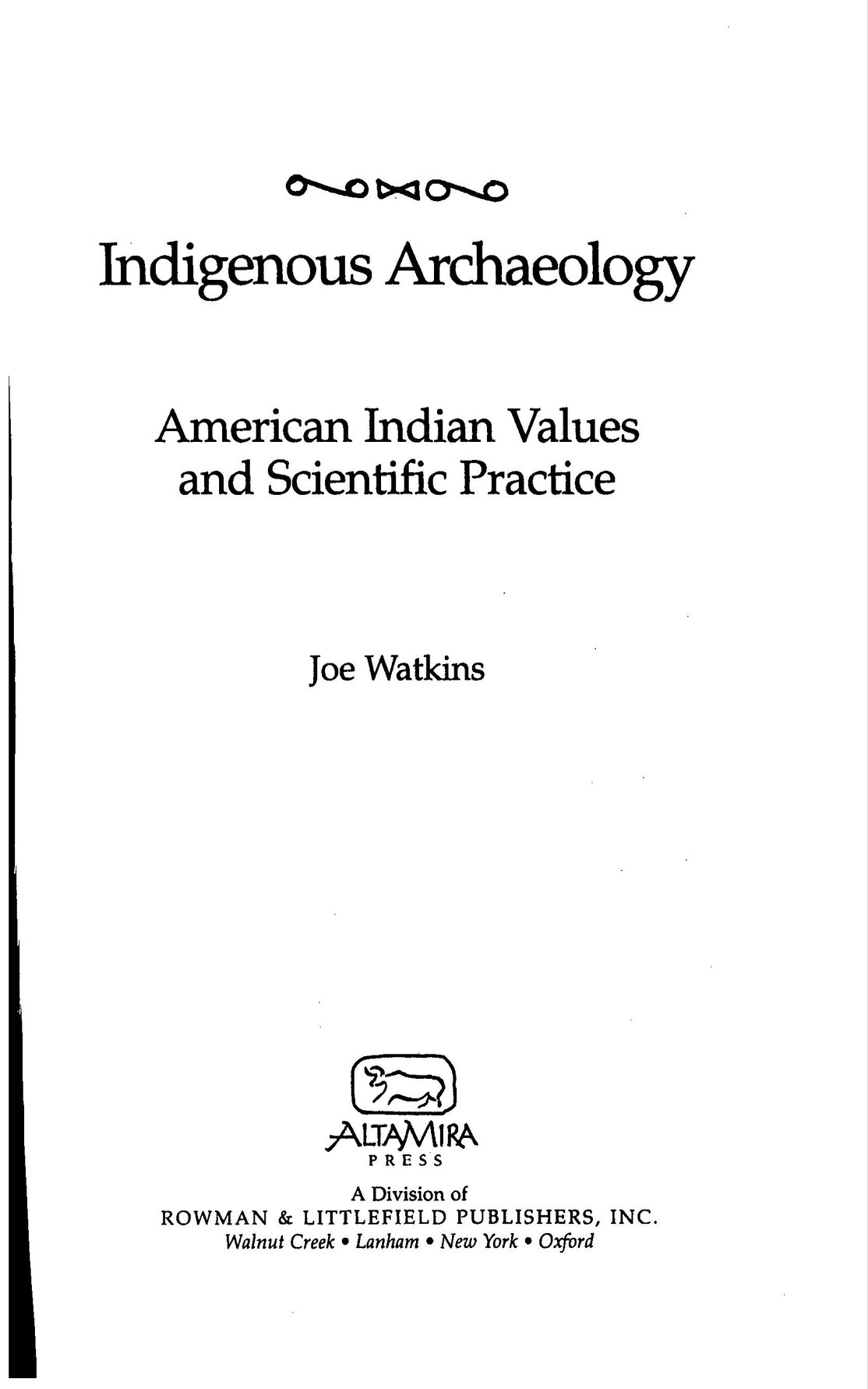
 The paper used in this publication meets the minimum requirements of American National Standard for Information SciencesPermanence of Paper for Printed Library Materials, ANSI/NISO Z39.48-1992.
The paper used in this publication meets the minimum requirements of American National Standard for Information SciencesPermanence of Paper for Printed Library Materials, ANSI/NISO Z39.48-1992.